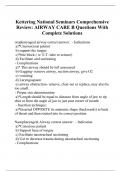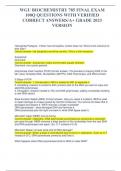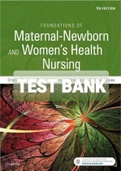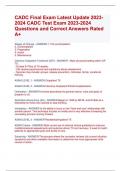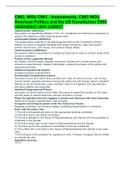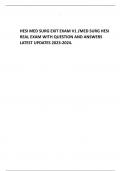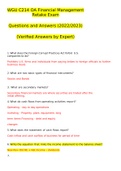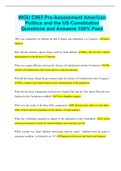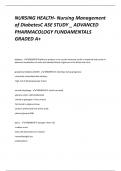Exam (elaborations)
Kettering National Seminars Comprehensive Review: AIRWAY CARE B Questions With Complete Solutions
- Course
- Institution
oropharyngeal airway correct answer: - Indications a)*Unconscious patient b) support the tongue c)*bite block ( w/ E.T. tube or seizure) d) Facilitate oral suctioning - Complications a)* This airway should be left unsecured b) Gagging- remove airway, suction airway, give O2 c) vomit...
[Show more]
